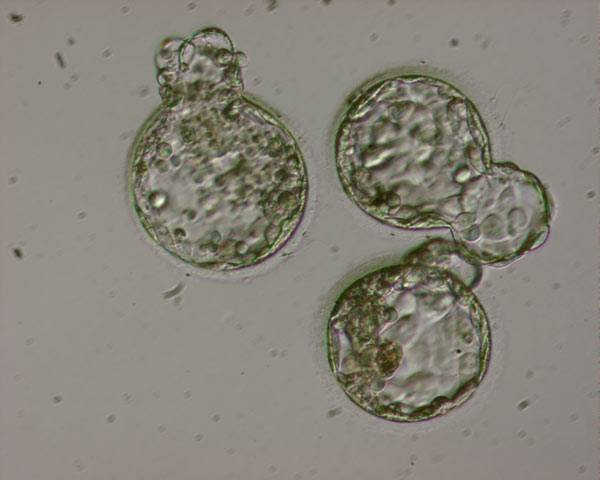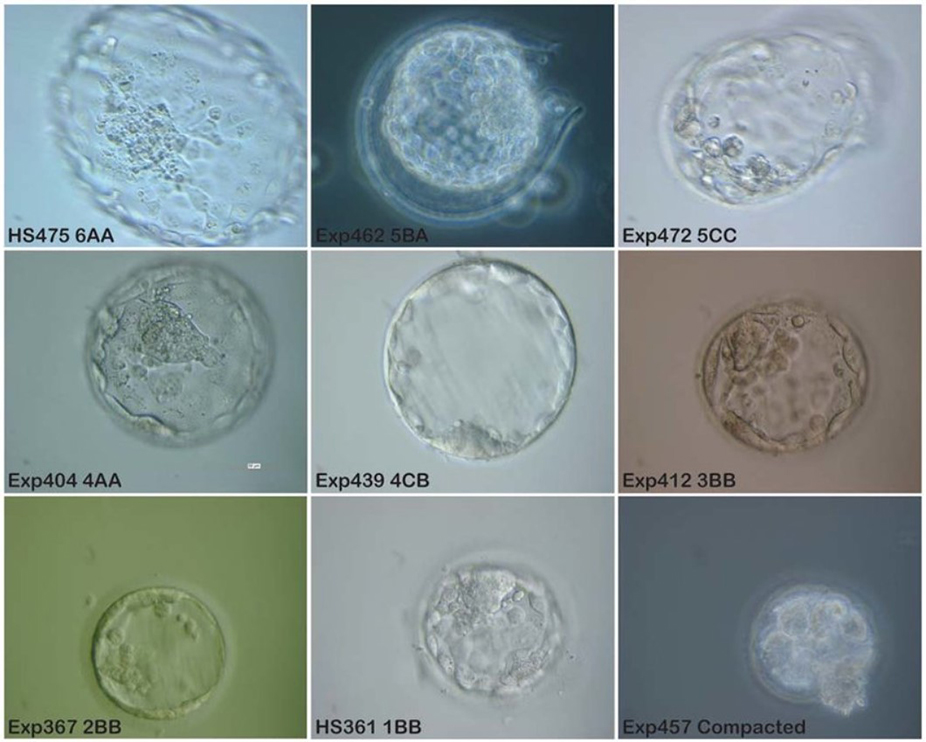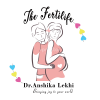Assisted Embryo Hatching
Assisted Embryo Hatching
Assisted Embryo Hatching (AEH) is an advanced technique used in assisted reproductive technologies (ART) like In Vitro Fertilization (IVF). This procedure involves creating a small opening in the outer layer of the embryo, known as the zona pellucida, to help the embryo hatch and implant in the uterus. Assisted Embryo Hatching is typically used for women who have experienced repeated IVF failures or have certain fertility issues that may impact the embryo’s ability to hatch naturally.


What is Assisted Embryo Hatching?
During a natural conception cycle, when a fertilized egg (embryo) is ready to implant in the uterus, it must first “hatch” from its protective outer shell, the zona pellucida. This allows the embryo to attach to the uterine lining, where it can grow and develop into a pregnancy.
In some cases, this natural process is hindered, which can lead to failed implantation. Assisted Embryo Hatching helps to overcome this challenge by creating a small hole or weakening the zona pellucida to allow easier hatching of the embryo. This procedure is usually performed just before or during the embryo transfer process.
How Does Assisted Embryo Hatching Work?
Assisted Embryo Hatching is a delicate process that involves a few critical steps:
Embryo Culture: After egg retrieval and fertilization (through IVF or ICSI), the embryos are cultured in a laboratory for several days. The embryologist monitors the development of the embryos to select the best ones for transfer.
Zona Pellucida Thinning or Opening: Once an embryo reaches the blastocyst stage (typically around day 5 or 6 after fertilization), the embryologist uses a precise technique to weaken or create a small hole in the zona pellucida. This can be done using one of the following methods:
- Laser Assisted Hatching: A laser is used to carefully create a small hole in the zona pellucida.
- Mechanical Hatching: A fine needle is used to gently puncture the zona pellucida.
- Chemical Hatching: An acid solution is used to weaken the zona pellucida.
Embryo Transfer: After the hatching procedure, the embryo is transferred into the woman’s uterus. The goal is to facilitate implantation and increase the chances of a successful pregnancy.
Who Can Benefit from Assisted Embryo Hatching?
Assisted Embryo Hatching is not necessary for all IVF patients. However, it may be recommended in certain circumstances, such as:
Women Over 37 Years Old: As women age, the zona pellucida tends to become thicker and harder, which can make it more difficult for the embryo to hatch and implant. Assisted hatching can improve the chances of success for older women undergoing IVF.
Previous IVF Failures: Women who have had multiple unsuccessful IVF cycles may benefit from assisted embryo hatching, especially if embryo quality and other factors appear to be good.
Thin Endometrial Lining: In some cases, women with a thin uterine lining may have difficulty achieving implantation. Assisted hatching may help increase the chances of successful embryo attachment.
Fertility Conditions: Certain conditions like male infertility (especially when using ICSI) or problems with the eggs (such as poor egg quality) can also impact hatching and implantation. Assisted embryo hatching can help overcome these challenges.
Frozen Embryos: Embryos that have been frozen and thawed for later transfer may have a harder time hatching due to the freezing and thawing process. Assisted hatching can improve the chances of a successful pregnancy in these cases.
What Are the Benefits of Assisted Embryo Hatching?
Increased Implantation Rate: By improving the embryo’s ability to hatch, AEH can increase the chances of implantation and pregnancy.
Improved IVF Success for Certain Patients: Women with advanced age, multiple IVF failures, or other fertility challenges may experience a higher likelihood of success with AEH.
Minimized Risk of Implantation Failure: AEH can help overcome potential barriers to implantation, such as thickened zona pellucida or frozen-thawed embryos that have difficulty hatching.
Are There Any Risks with Assisted Embryo Hatching?
While Assisted Embryo Hatching is generally considered safe, like any medical procedure, it comes with some potential risks:
Damage to the Embryo: If not performed carefully, the hatching process can damage the embryo or negatively affect its ability to develop after transfer. However, skilled embryologists minimize this risk.
Multiple Births: As with IVF, there is a slightly higher chance of multiple pregnancies (twins or more) when assisted embryo hatching is used, particularly if multiple embryos are transferred.
Cost: Assisted embryo hatching is an additional procedure that may increase the overall cost of IVF treatment.
Success Rates of Assisted Embryo Hatching
Success rates for Assisted Embryo Hatching vary depending on several factors, including the woman’s age, the quality of the embryos, and the reason for infertility. However, studies have shown that AEH can improve the chances of pregnancy for certain groups of women, particularly those with a history of failed IVF attempts or those with advanced maternal age. Overall, AEH is a valuable tool for enhancing IVF outcomes.
Is Assisted Embryo Hatching Right for You?
If you’ve undergone IVF without success or are experiencing difficulty with implantation, Assisted Embryo Hatching may be an option worth considering. Your fertility specialist will assess your medical history, the quality of your embryos, and other factors to determine whether this procedure is appropriate for your treatment plan.

Best Infertility Doctor in Gurgaon, Dr. Anshika Lekhi, a renowned IVF specialist, offers exceptional infertility treatments.
Pages
Contact Us
- 7505 Basement Bougainville Street, near Supermart 2, Sector 43, Gurugram, Haryana 122009
- 98735 24270
- info@thefertilife.com
Updates
Check New updates below.


Copyright ©2025 | All Rights Reserved.
